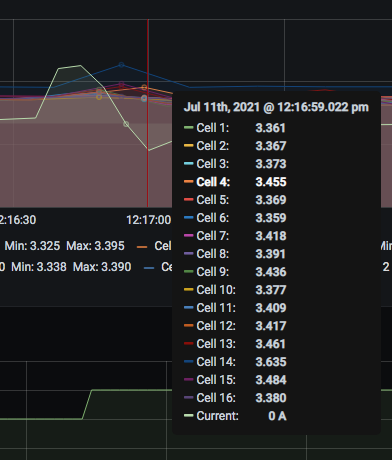Hi,
I have a 16S LiFePo4 160Ah as with following data :
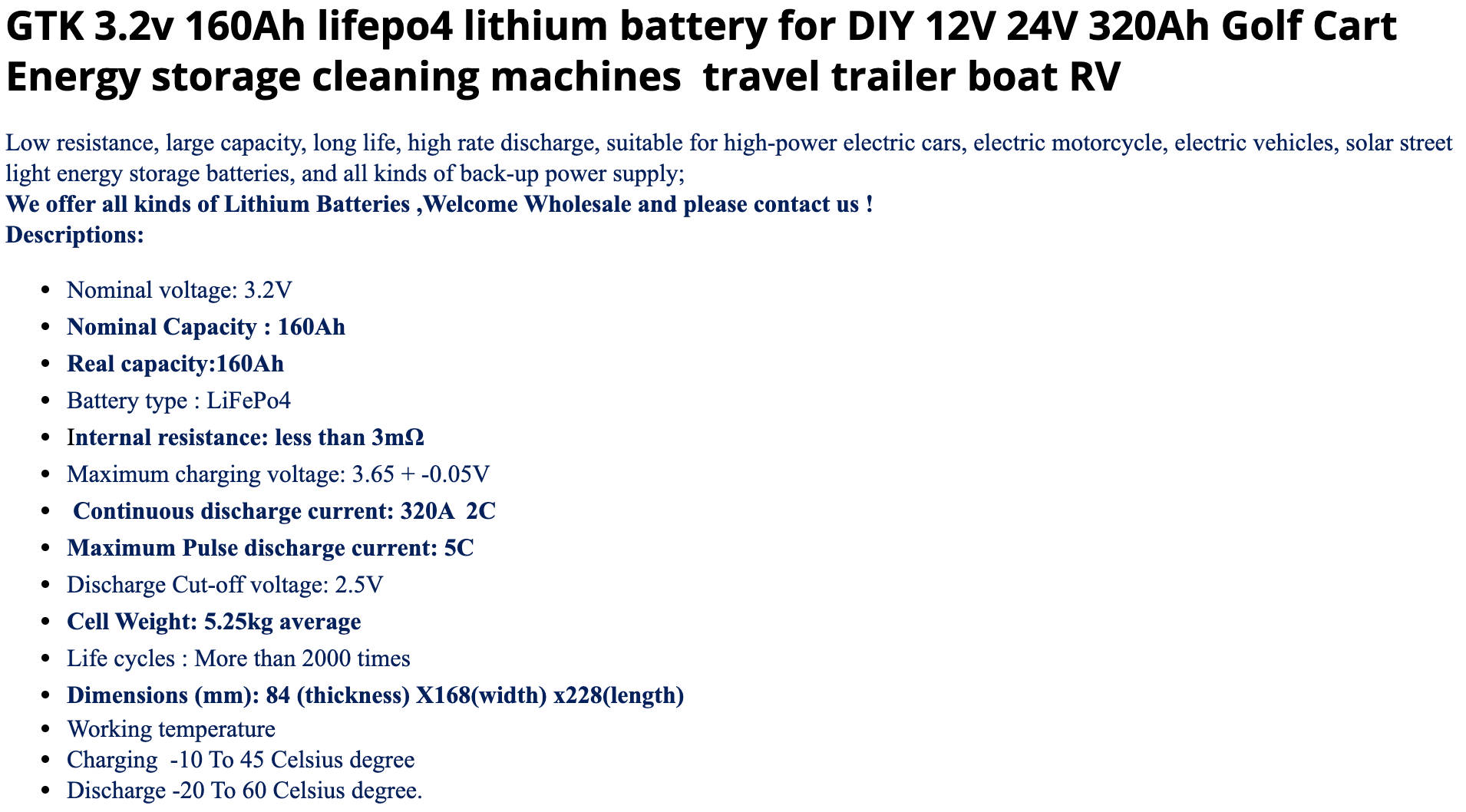
In VE.Config i have left everything default for LiFePo4 but i am not sure it's correct. Right now the battery has been in Bulk for 3-4 h but should it not charge it to 56,8V per the default settings ? Does everything look fine to you ?


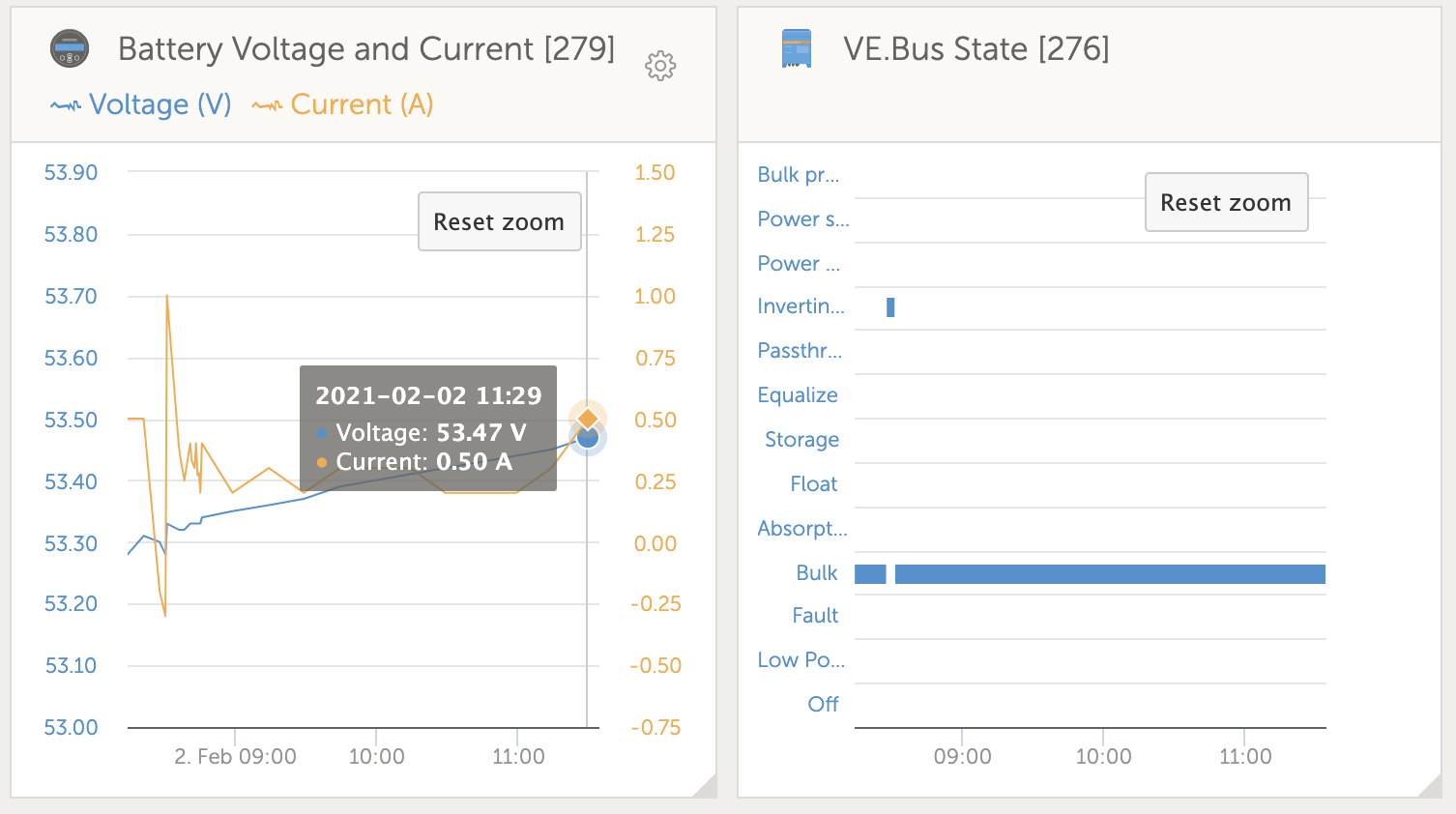

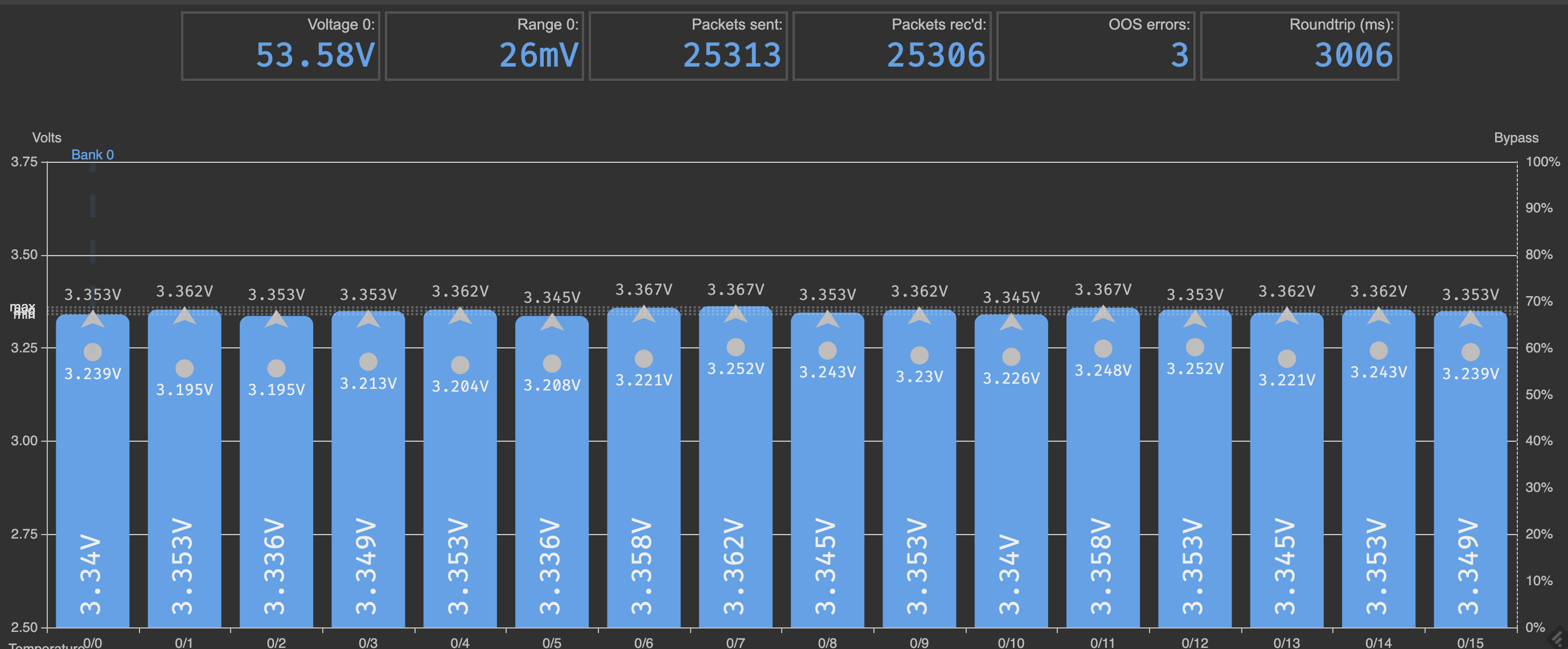




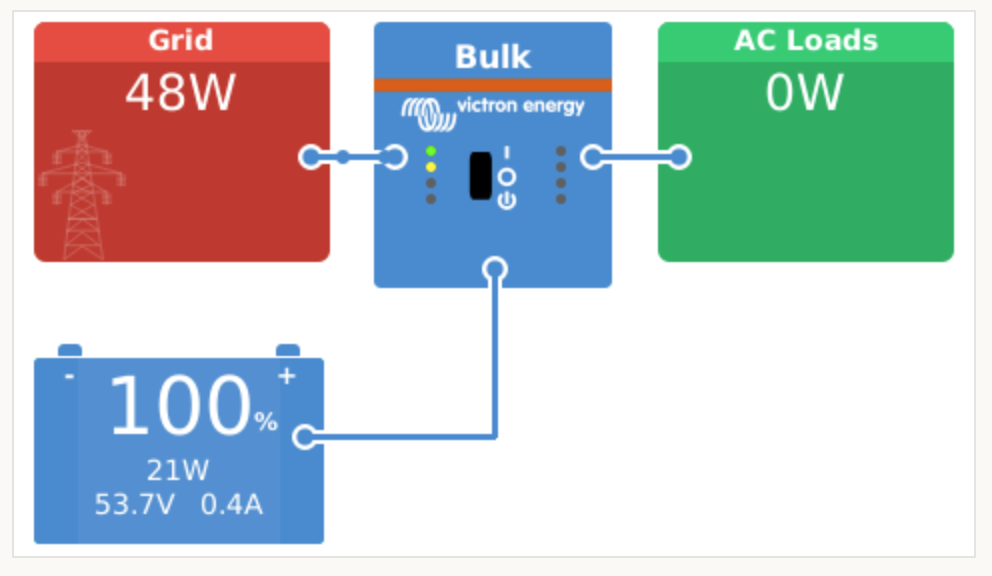



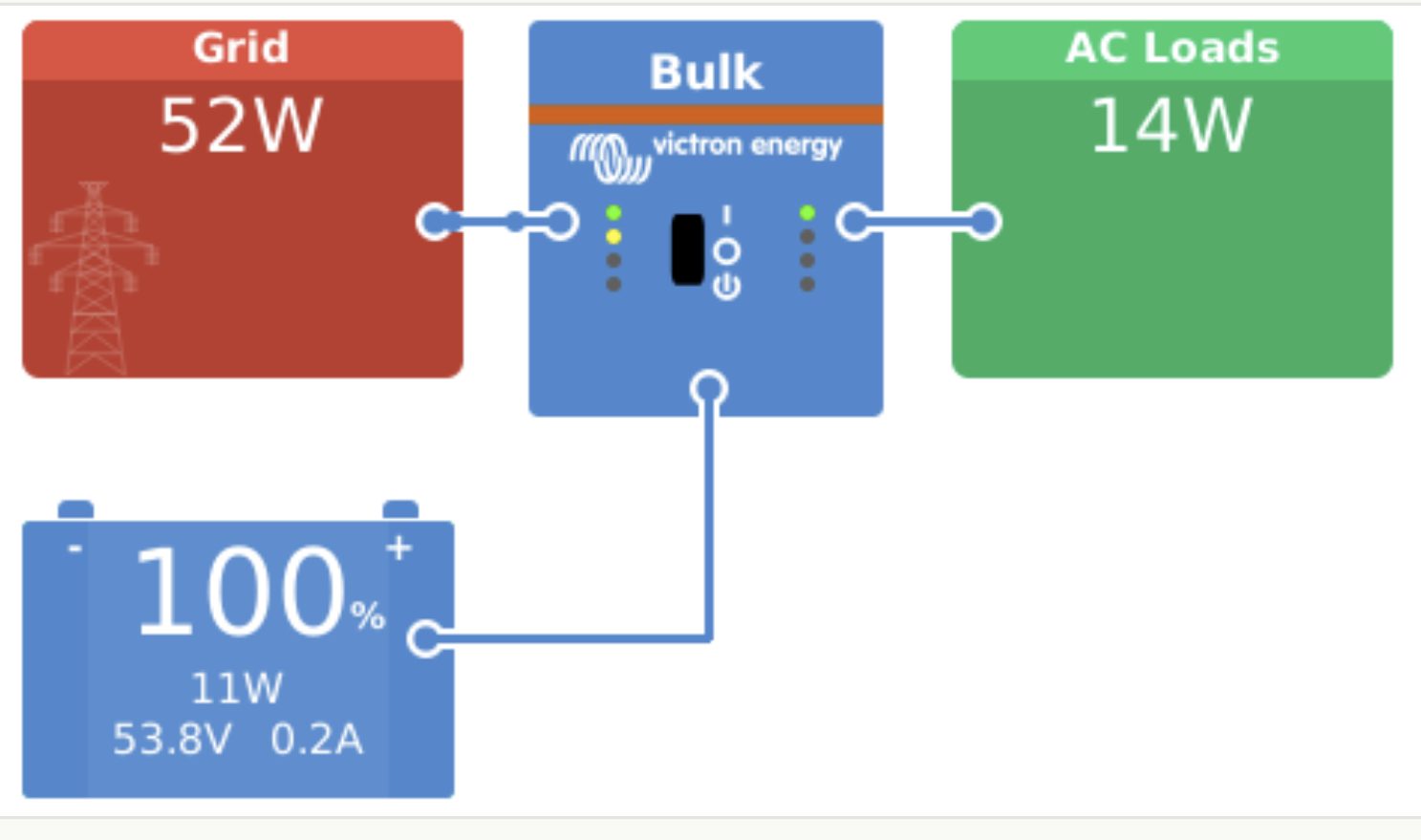
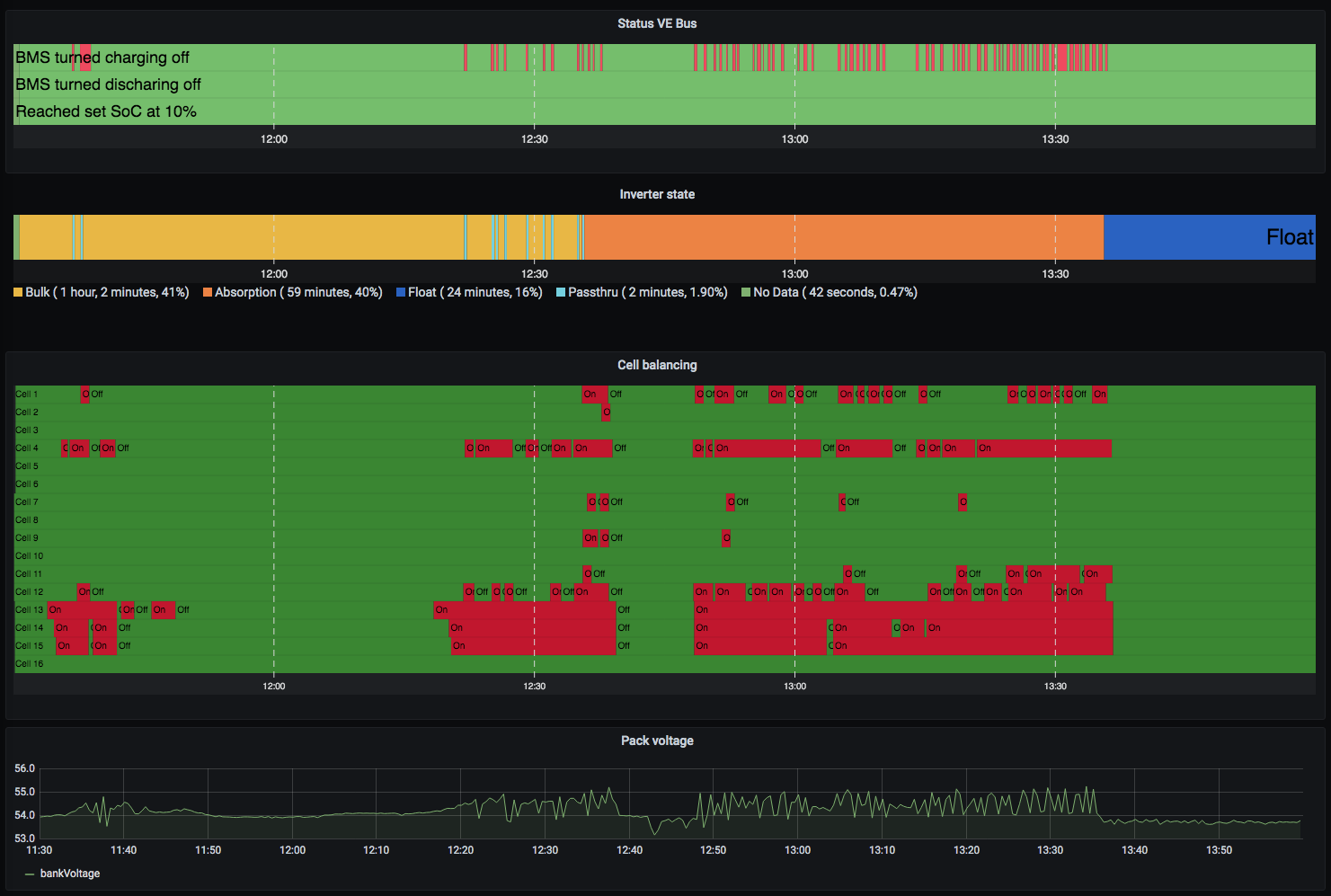

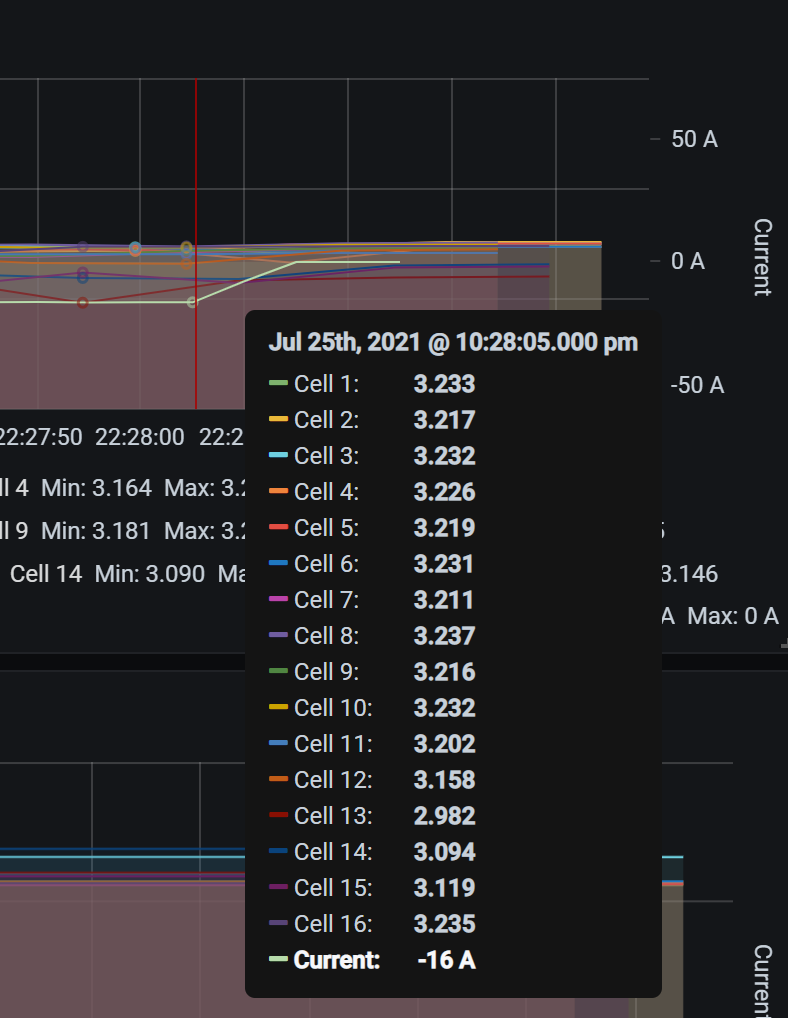
 I looked at the data and i can see the pack voltage when this cell was at 3V was 51.074V
I looked at the data and i can see the pack voltage when this cell was at 3V was 51.074V